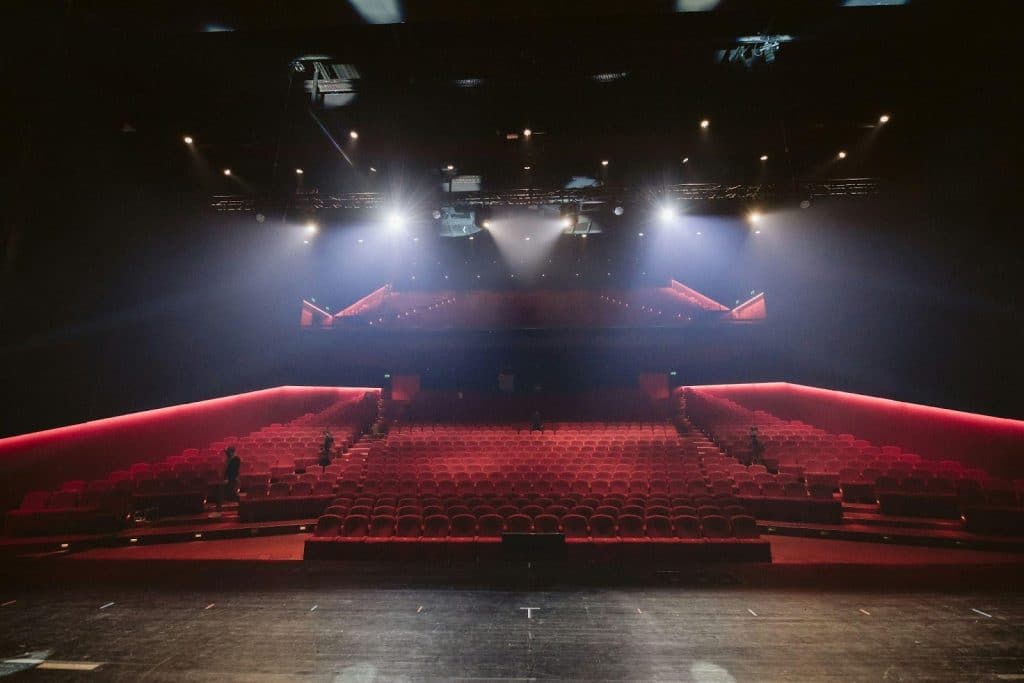The Appeal Goes Beyond Basic Entertainment
Walk into any creative industry event lately and you’ll notice something. The entertainment isn’t a DJ or a band anymore. It’s a mentalist. These performers are showing up at agency parties, design studio launches, and high-end networking events. People can’t stop talking about them afterwards. There’s something about watching someone who reads minds that hits differently when you’re surrounded by people who create for a living.
Creatives get drawn to mentalism because it messes with the same stuff they work with every day. Perception, influence, human behavior. A mentalist doesn’t just do tricks, they create moments that make you question what you just saw. That’s compelling when your job is to grab attention.
It’s why mentalists are getting booked for everything from product launches to smaller gatherings. Even something like a birthday show becomes an experience people remember for years. The performance style bends to fit the room, whether you’ve got 20 people or 200. Maybe more.
Mentalism taps into curiosity in ways other entertainment just can’t, when someone reveals what you’re thinking, or predicts a choice you haven’t made yet, it creates this shared moment that feels almost impossible. Most entertainment lets you zone out. You can check your phone during a band set. Mentalism demands your attention, and creatives appreciate that because it’s what they’re trying to create in their own work.
Why Trendsetters Are Choosing This Format
Trendsetters aren’t just following what’s popular, they’re looking for what feels fresh, mentalist shows deliver that, the format breaks the mold of typical event entertainment, which has gotten predictable. You can only see so many acoustic sets before they blur together into one forgettable night.
Each show adapts to the audience in real time. No two performances feel the same. That spontaneity appeals to people who value originality in their work. Plus, guests become part of the show instead of just watching it happen. That changes the energy completely.
The Psychology Behind the Popularity
There’s a psychological element that makes this interesting for creative professionals. Mentalism lives in the space between logic and wonder. It challenges how you think about free will and attention, which are concepts that matter in fields like advertising and design. These are the building blocks.
When you watch a mentalist work, you’re seeing applied psychology happen. The performer is using the same principles that marketers use to influence decisions, or that designers use to guide where your eyes go. Creatives recognize those techniques, which makes it even more intriguing. It’s both entertainment and a masterclass in human behavior.
Final Thoughts
The rise of mentalist entertainment reflects a bigger shift in how people want to experience events these days. Generic entertainment doesn’t cut it. People want something that feels personal, surprising, and actually worth their time. Mentalism checks those boxes without feeling gimmicky.
For creatives and trendsetters specifically, it’s about choosing entertainment that matches their values and their vibe. They want experiences that make them think, that spark conversation on the ride home, and that feel genuinely different. Mentalist shows deliver on that promise every time, which is why they’re becoming standard at events where the guest list matters. It’s not just about filling a time slot.
